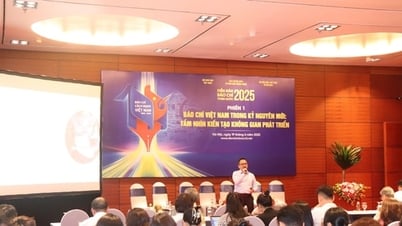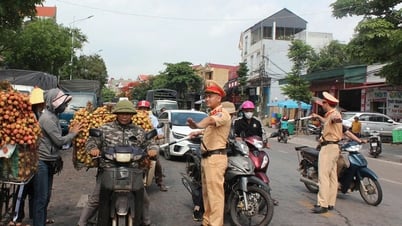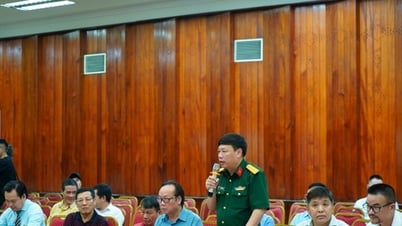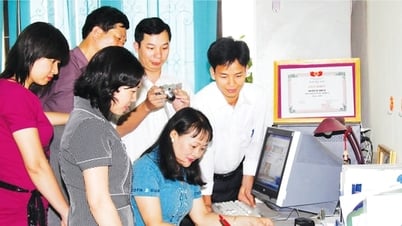
The plan aims to optimize the entire value chain from production to consumption, through technological solutions, ensuring a balance between economic growth, social equity and environmental protection.
One of the important highlights is the requirement to organize e-commerce development space in a synchronous and effective manner nationwide, while promoting regional and international linkages to mobilize and effectively use resources.
The State plays a role in creating and building institutions and infrastructure; businesses and consumers are identified as the main forces in developing sustainable e-commerce.
Promote the consumption of Vietnamese products through e-commerce both domestically and internationally; narrow the gap in e-commerce development between localities; develop e-commerce in a green and circular direction, contributing to building a fair and sustainable society.
In the period 2026-2030, 70% of the adult population will participate in online shopping; e-commerce retail sales will grow by 20-30% per year, accounting for 20% of total national retail sales of goods; the rate of websites violating consumer rights will be reduced to 5-10%.
Strive for 70% of businesses to apply e-commerce, 100% of transactions to have electronic invoices, 80% of payment transactions to be cashless, and 60% of small and medium enterprises to operate on e-commerce platforms.
The plan also clearly identifies the requirement for even development among regions. The proportion of B2C e-commerce transactions outside Hanoi and Ho Chi Minh City reaches 50%; 60% of communes and equivalent administrative units have online merchants; taking advantage of each region to develop regional linkages in e-commerce.
Notably, the green and sustainable development factor is included as a pillar with specific targets: Reducing the rate of plastic packaging to a maximum of 45%, increasing the rate of recycled packaging to 50%, at least 40% of businesses using clean energy in e-commerce logistics and 50% of businesses applying green packaging standards.
Regarding human resource development, the target is for 60% of universities and vocationaltraining institutions to train in e-commerce-related fields, and for 1 million people to participate in e-commerce application skills training courses, including businesses, individuals and government officials.
6 key tasks and solutions
Firstly, focus on building and perfecting institutions, including mechanisms and policies for state management and developing the e-commerce market.
Second, complete infrastructure for sustainable development, including digital infrastructure, logistics infrastructure and cashless payment systems.
Third, build core platforms and systems to serve both state management and the green, sustainable e-commerce market.
Fourth, promote regional connectivity, exploit regional advantages of raw materials, production, logistics and human resources for e-commerce.
Fifth, improve the capacity to apply e-commerce in the business community, business households and people.
Finally, expand international cooperation to access advanced standards, modern technology and international markets.
Source: https://hanoimoi.vn/giai-doan-2026-2030-co-70-dan-so-truong-thanh-mua-sam-truc-tuyen-705076.html





































































































Comment (0)